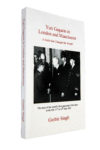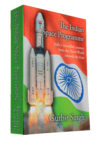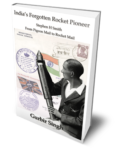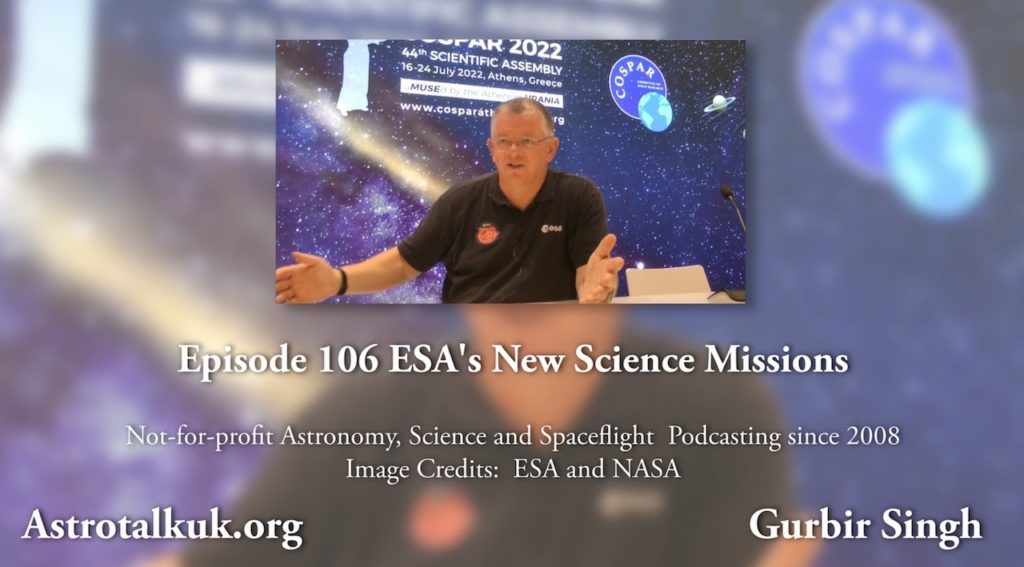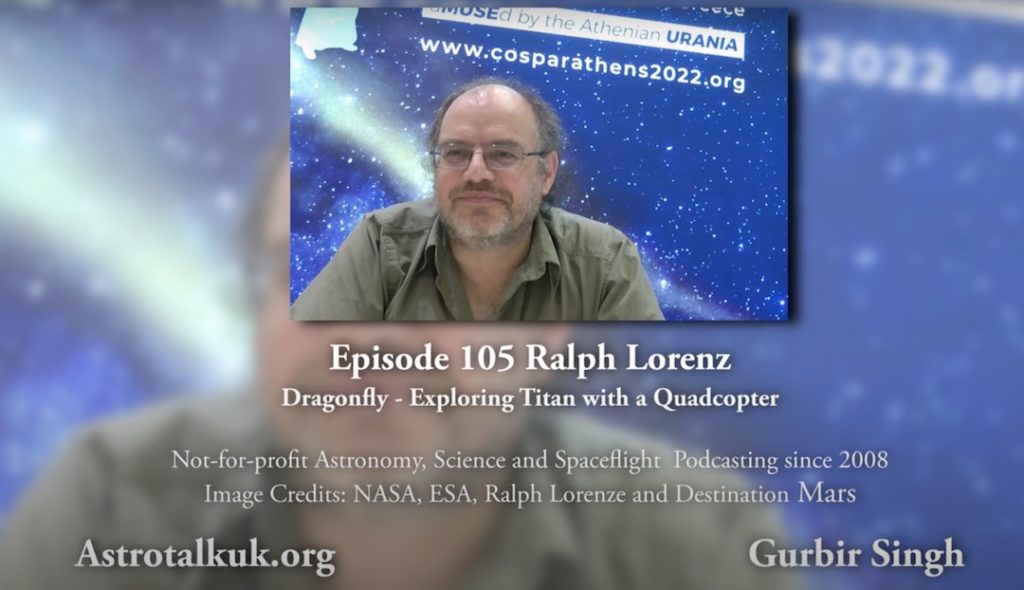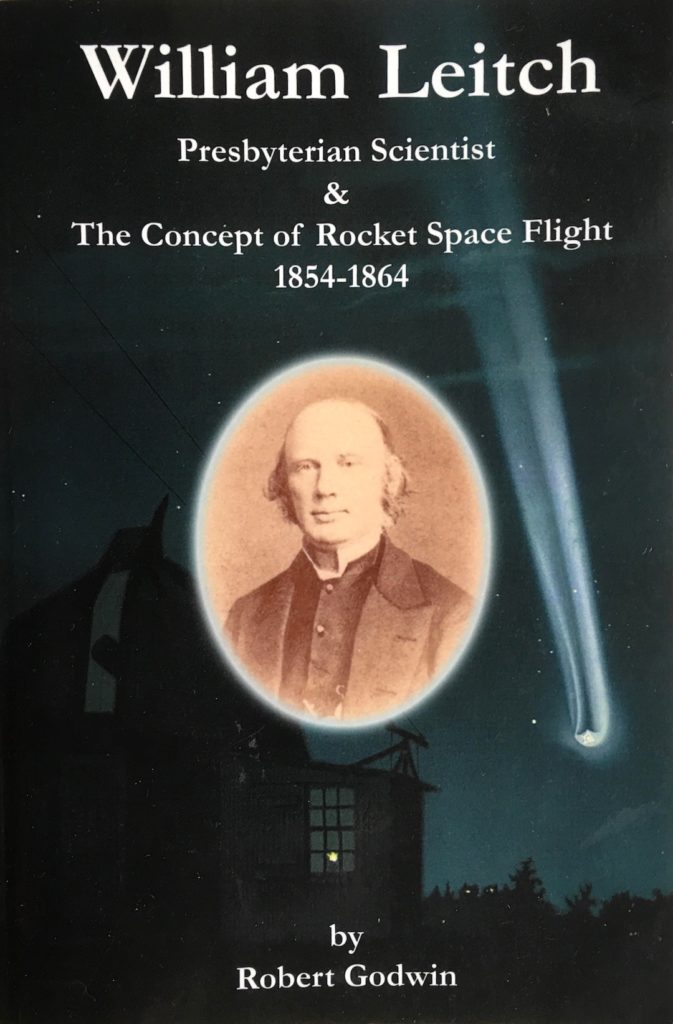Use the voucher codes below
BF2022_virtual for 66% discount on all ebooks
BF2022_physical for 33% discount on all paperback and hardback
1. Select the appropriate format (ebook or hard/paperback) or Ebook.
2. Add to basket
3. View the basket and enter one of the two voucher codes
Valid until midnight on 3oth November 2022. Only via the links below
